
If you get error “Display driver stopped responding and has recovered”, your PC may temporarily hangs and become unresponsive. Don’t worry. You’re not a alone. Many Windows users are reporting this issue. You ca fix the issue with one of the solutions in this post.
Why this error occurs?
The problem occurs when the Timeout Detection and Recovery (TDR) feature detects that the Graphics card has not responded within the permitted time, then the display driver is restarted to prevent the need to reboot. The following factors can cause the problem:
Problem display drivers
Too many running programs or specific application
Overheating GPU (Graphics Processing Unit)
GPU timeout issues (the most known cause)
How do I fix it?
There are 5 solutions to fix the problem. You may not need to try them all. Just start at the top of the list and work your way down:
Solution 1: Uninstall Graphic Driver
Solution 2: Download and install latest graphic driver
Solution 3: Increase the GPU Processing Time
Solution 4: Close Some Programs Running in the Background
Solution 5: Clean GPU Radiator
Solution 1: Uninstall graphic driver
Follow steps below to uninstall the Graphic driver.
1) On your keyboard, press the Windows logo key and R at the same time to invoke the Run box.
Type devmgmt.msc and click OK to open Device Manager window.
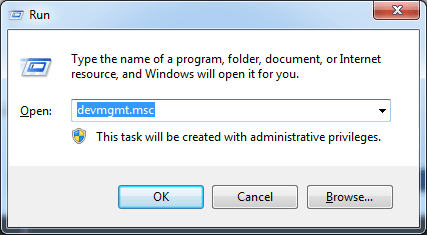
2) Expand the Display adapters branch.Right-click the display driver and click Uninstall.
Following screen shot is for your reference, as the device name will vary depending on different device manufacturer.

3) After uninstall the driver, restart your PC and check to see if the problem is resolved.
Solution 2: Download and install latest graphic driver
If uninstalling the driver doesn’t resolve the problem, try to update the driver. If you don’t have the time, patience or computer skills to update the driver manually, you can do it automatically with Driver Easy.
Driver Easy will automatically recognize your system and find the correct drivers for it. You don’t need to know exactly what system your computer is running, you don’t need to risk downloading and installing the wrong driver, and you don’t need to worry about making a mistake when installing.
You can update your drivers automatically with either the FREE or the Pro version of Driver Easy. But with the Pro version it takes just 2 clicks (and you get full support and a 30-day money back guarantee):
1) Download and install Driver Easy.
2) Run Driver Easy and click Scan Now. Driver Easy will then scan your computer and detect any problem drivers.

3) Click the Update button next to a flagged graphics driver to automatically download and install the correct version of this driver (you can do this with the FREE version).
Or click Update All to automatically download and install the correct version of all the drivers that are missing or out of date on your system (this requires the Pro version – you’ll be prompted to upgrade when you click Update All).

Solution 3: Increase the GPU Processing Time by adjusting the Timeout Detection and Recovery registry value
Note: This method will tell you how to modify the registry. It may help fix the problem. However, serious problems might occur if you modify the registry incorrectly. Therefore, make sure that you follow these steps carefully. It is recommended to back up the registry before you modify it so you can restore the registry if a problem occurs.
1) On your keyboard, press the Windows logo key and R at the same time to invoke the Run box.
Type regedit and click OK to open Registry Editor.
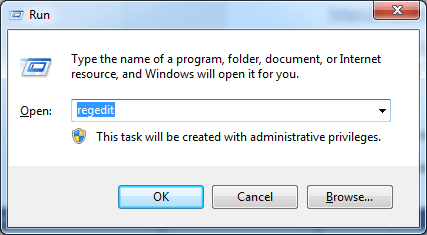
2) Browse to and then click the following registry subkey:
HKEY_LOCAL_MACHINE\SYSTEM\CurrentControlSet\Control\GraphicsDrivers
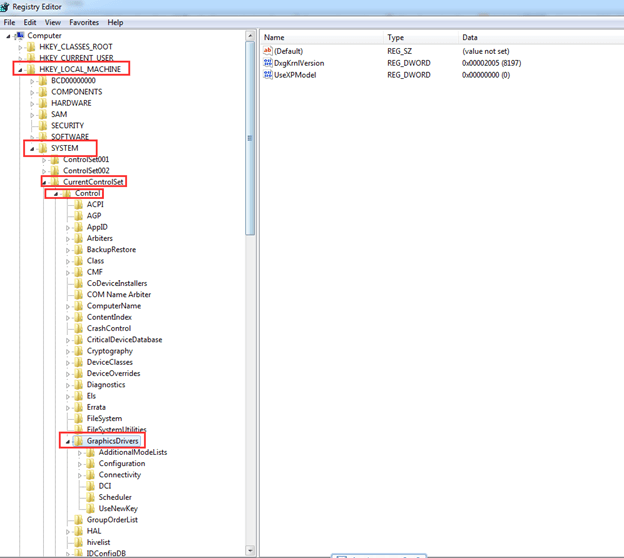
3) On the Edit menu in the right pane, right-click on the blank place. Click New, and then select the following registry value from the drop-down menu specific to your version of Windows.
If your PC is running 32-bit operating system, follow these steps:
a) Select DWORD (32-bit) Value.
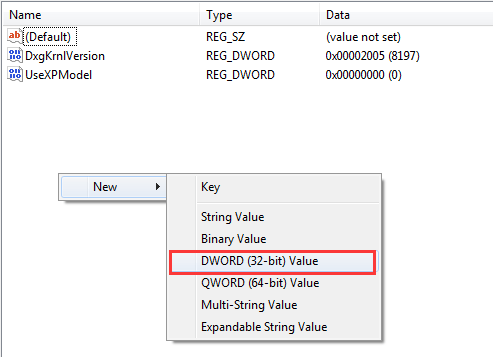
b) Type TdrDelay as the Name and click Enter.

c) Double-click TdrDelay and add “8” for the Value data and click OK.
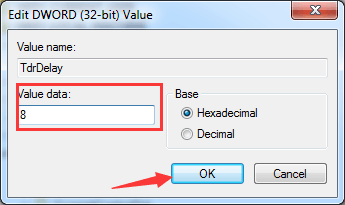
If your PC is running 64-bit operating system, follow steps below:
a) Select QWORD (64-bit) Value.
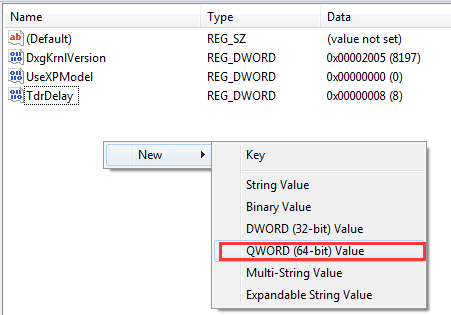
b) Type TdrDelay as the Name and click Enter.

c) Double-click TdrDelay and add “8” for the Value data and click OK.
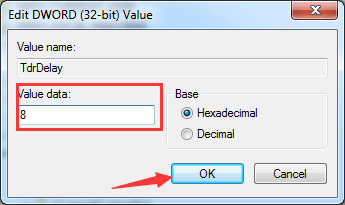
4) Restart your PC and check to see if the problem is resolved.
After modifying the registry here, if a problem occurs and you are not sure how to restore the registry, you can delete the added TdrDelay Name and restart your PC.
Solution 4: Close Some Programs Running in the Background
If too many programs are running at the same time, the PC performance can be slowed down. So try closing the programs and applications that you are not using.
If the problem occurs only when using a specific application, it may have known issues or corrupt files. Close this application and see if the problem resolves.
Solution 5: Clean GPU Radiator
Overheating GPU may cause the problem. And the GPU is easy to get overheating if the radiator is dusted. So clean the GPU radiator and see if the problem resolves.
Hopefully you find this article helpful. If you have any questions, ideas or suggestions, feel free to leave a comment below.





